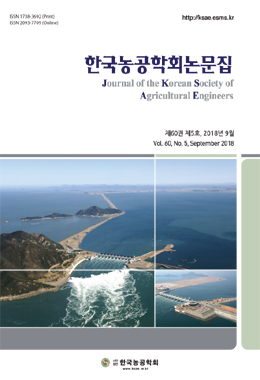Climate change has caused changes in environmental factors that have a direct impact on agriculture such as temperature and precipitation. The meteorological disaster that has the greatest impact on agriculture is drought, and its forecasts are closely related to agricultural production and water supply. In the case of terrestrial data, the accuracy of the spatial map obtained by interpolating the each point data is lowered because it is based on the point observation. Therefore, acquisition of various meteorological data through satellite imagery can complement this terrestrial based drought monitoring. In this study, Evaporative Stress Index (ESI) was used as satellite data for drought determination. The ESI was developed by NASA and USDA, and is calculated through thermal observations of GOES satellites, MODIS, Landsat 5, 7 and 8. We will identify the difference between ESI and other satellite-based drought assessment indices (Vegetation Health Index, VHI, Leaf Area Index, LAI, Enhanced Vegetation Index, EVI), and use it to analyze the drought in South Korea, and examines the applicability of ESI as a new indicator of agricultural drought monitoring.




